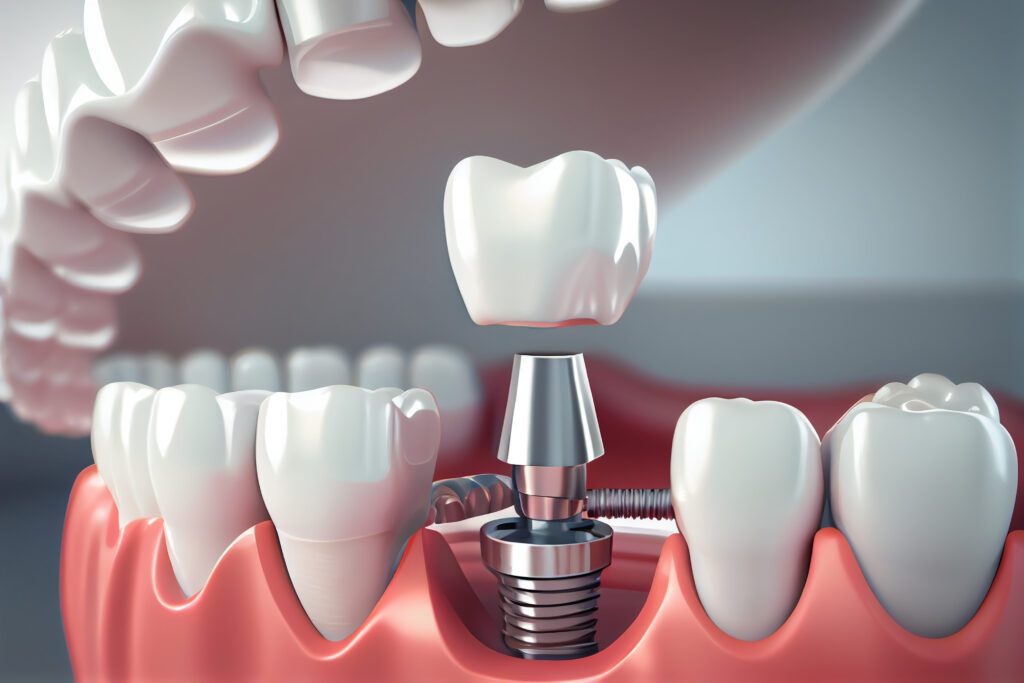The Evolution of Digital Dentistry
Digital dentistry has revolutionized the way dental treatments are performed, making procedures more efficient, accurate, and patient-friendly. Early dental practices relied on manual tools and traditional methods, which, while effective, were time-consuming and often uncomfortable. Today, advancements such as digital X-rays, CAD/CAM technology, and 3D printing have transformed dental care by providing faster diagnostics and more precise treatments. These innovations have made it possible to complete complex procedures like crowns and implants in a single visit.
One of the key technologies driving this evolution is intraoral scanning. Traditional dental impressions, which often caused discomfort, are now being replaced with digital scans that capture a 3D image of the patient’s teeth. This not only improves accuracy but also reduces the time needed for restorations. Another major advancement is the use of cone-beam computed tomography (CBCT), a form of 3D imaging that gives dentists a detailed view of the patient's jaw, teeth, and surrounding structures.
Digital dentistry also plays a crucial role in improving patient communication and treatment planning. With virtual simulations and treatment previews, patients can better understand the procedures and see potential outcomes before they even begin. Additionally, digital records make it easier for dentists to track patient history, monitor progress, and collaborate with other specialists. This leads to more personalized and effective care.
As technology continues to advance, digital dentistry is expected to further improve the quality and accessibility of dental care. Emerging innovations like artificial intelligence, robotic-assisted surgeries, and tele-dentistry are set to redefine the future of the field. These advancements will not only enhance patient experiences but also enable dentists to provide faster, more precise, and less invasive treatments.




